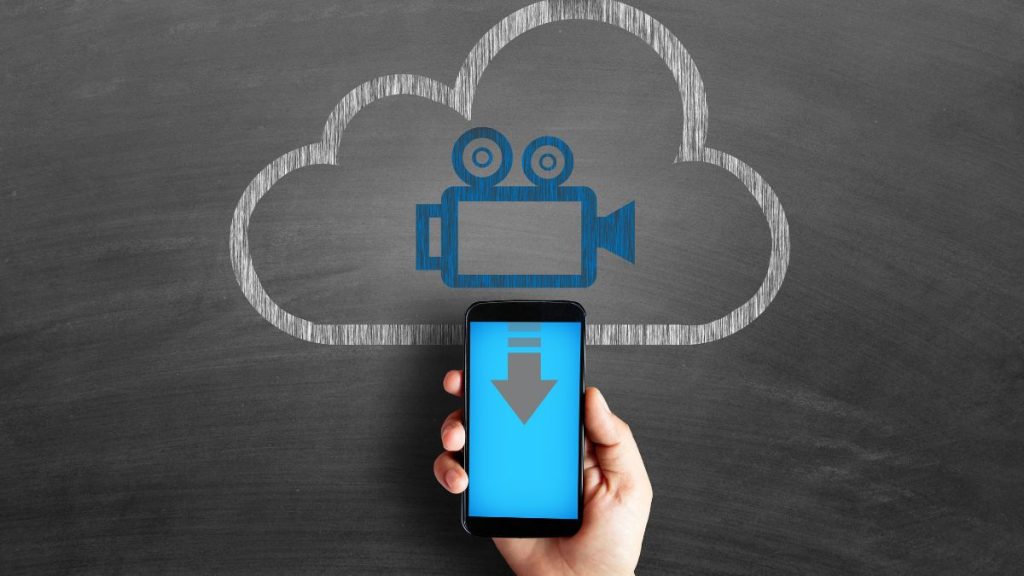Watching movies or online videos is one of the most common ways people use the internet, but streaming can eat up a lot of Wi-Fi data fast. Many users have limited data plans or shared networks, and high-resolution content can quickly slow things down or lead to extra costs. The good news is that you can still enjoy smooth video playback while saving Wi-Fi data by making small changes in your settings and habits.
Why Streaming Uses So Much Wi-Fi Data?

Streaming sends video data continuously from the internet to your device. The higher the video quality, the more data is used because the files are larger and need more bandwidth. A 4K video uses several gigabytes per hour, while standard definition uses much less.
Each platform, whether it’s Netflix, YouTube, or Amazon Prime Video, adjusts video quality based on your connection speed. If your network is fast, it automatically plays at higher resolutions, which means more data use. Leaving multiple apps open or streaming on several devices at once also adds to the total Wi-Fi load.
The good news is that most of this can be managed. By adjusting quality settings or using built-in data saver features, you can cut usage without losing too much visual clarity.
Adjust Video Resolution and Playback Quality
Video resolution has the biggest impact on how much data you use. A 480p stream looks fine on smaller screens and can save up to 75% more data than 1080p. If you’re watching on a phone or tablet, standard definition usually looks clear enough.
Platforms like YouTube, Netflix, and Hulu let you change video resolution in the playback settings. Choose lower quality when you don’t need HD or Ultra HD. On YouTube, for example, you can select 480p or 720p instead of Auto. Doing this manually keeps the video clear but stops the app from automatically switching to higher data-consuming modes.
If you often watch on large screens, try limiting 4K playback to movies that really benefit from it. For everyday streaming, HD or lower resolutions will still provide a good viewing experience and reduce data usage.
Turn On Data Saver Modes in Streaming Apps
Many streaming services include built-in data saver options. These settings reduce the bitrate or resolution automatically.
Netflix users can go to Account Settings > Playback Settings and choose “Low” or “Medium” instead of “High.” On YouTube, open Settings > Data Saving Mode and turn it on. This option limits resolution to 480p or 720p, depending on the device. Hulu and Prime Video also offer data saving options under playback or app preferences.
These features are simple but effective. Once activated, they make a noticeable difference in data usage without much change in how the video looks.
Use Router Settings to Control Data Usage
Your Wi-Fi router can help you manage and monitor how much data is being used. Many modern routers include features like Quality of Service (QoS) and bandwidth control, which let you prioritize certain devices or limit how much data they use.
You can set rules for streaming devices, pause background downloads, or even schedule times when data limits apply. Some routers allow you to track total monthly data usage so you can spot which device consumes the most. Managing this at the network level ensures that everyone on the same Wi-Fi connection gets fair access without overloading the bandwidth.
Download Videos for Offline Viewing

Downloading videos when connected to unrestricted Wi-Fi is one of the best ways to save data later. Apps like Netflix, YouTube Premium, and Disney+ let you download movies or shows for offline playback. Once downloaded, watching doesn’t use any internet connection.
This option is perfect when traveling or if your Wi-Fi plan has daily or monthly limits. Always check your app’s download quality settings to keep the files smaller while still looking clear.
Monitor and Manage Background Data Usage
Even when you’re not watching videos, some apps still consume data in the background. Updates, syncing, or notifications can slowly add up and reduce available bandwidth for streaming.
Go to your phone or computer’s Wi-Fi settings to see which apps use the most data. Disable background data for unnecessary apps or set automatic updates to happen only when connected to unmetered Wi-Fi. On Android, you can find this under Network & Internet > Data Usage, and on iOS under Settings > Wi-Fi > App Data Usage.
Using a third-party data monitor can also help you keep track of daily or weekly Wi-Fi usage and warn you when you approach your limit.
Tips for Shared Networks and Smart TVs
Shared Wi-Fi networks can drain data faster if multiple people stream videos at the same time. You can prevent slowdowns and excess usage with a few easy changes:
- Turn off auto-play previews on streaming platforms.
- Avoid streaming in 4K when several users are online.
- Limit streaming to one or two devices at a time.
- Use Ethernet cables for smart TVs instead of Wi-Fi for better stability.
- Adjust picture quality settings on smart TVs to “Standard” instead of “High.”
These small adjustments help balance speed and performance for everyone using the same network.
Conclusion
Reducing Wi-Fi data usage when streaming doesn’t mean you have to sacrifice quality or comfort. Adjusting playback resolution, enabling data saver modes, and managing your router settings can make a big difference. Downloading videos and monitoring background apps further ensures your data lasts longer without slowing down your connection.
Try a few of these changes and see how much smoother your streaming experience becomes. If this article helped you, share it or leave a comment about what worked best for you.